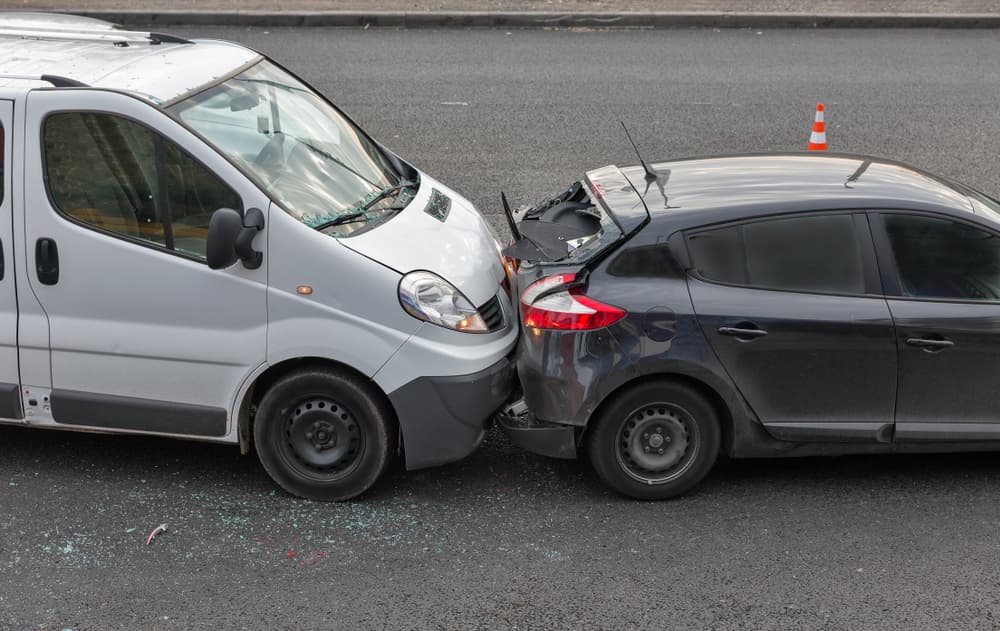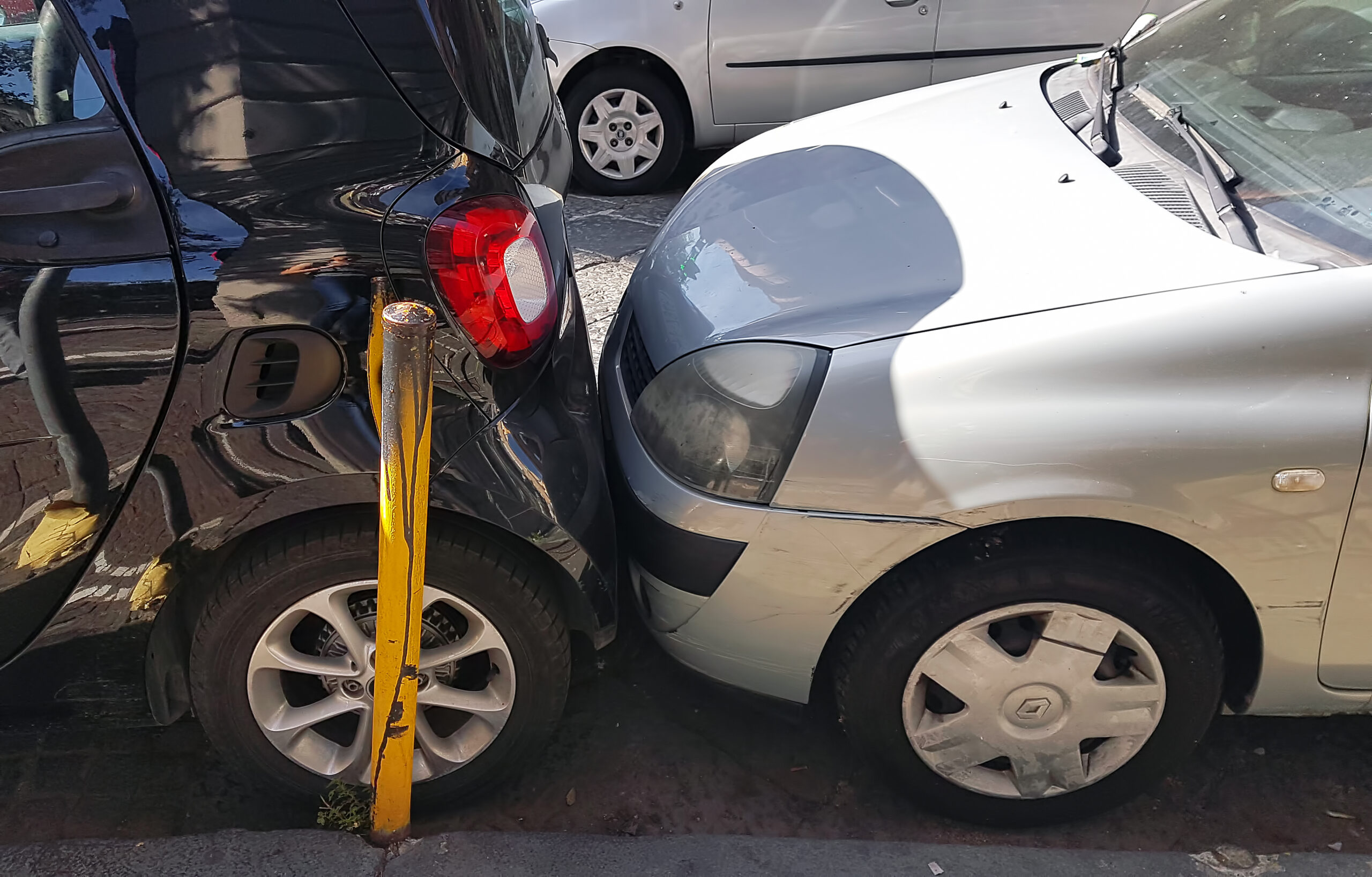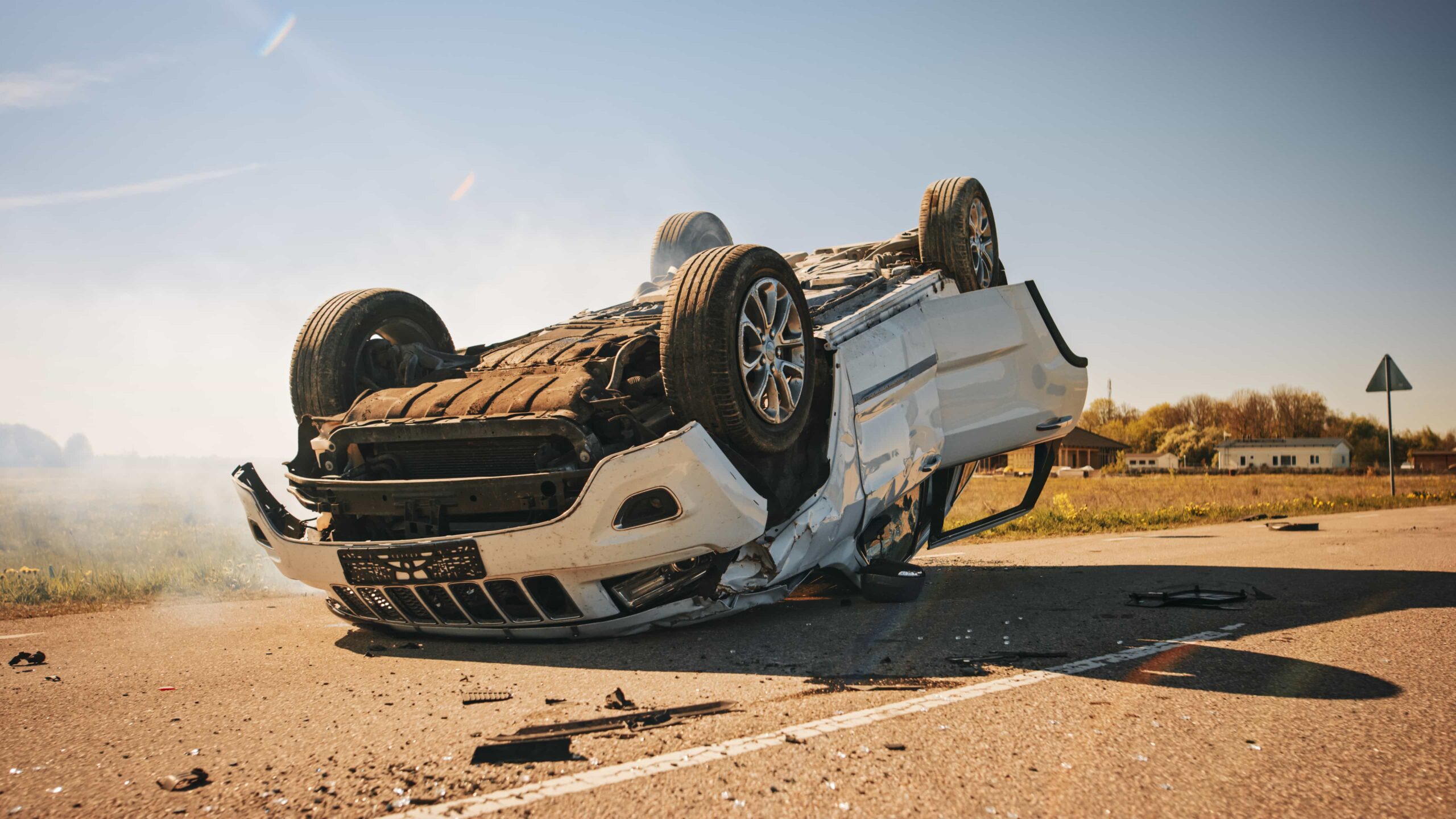Seatbelts are a prime reason that car accident injuries and death have decreased over the last few decades
With all of the standard safety features we have in vehicles today, it’s hard to imagine a time when every vehicle did not have seat belts to lessen the effects of a car accident. But now, we understand how effective seatbelts are at preventing injuries and deaths in car accidents. The current task now is to convince everyone to wear seat belts at all times.
The modern seatbelt that we’re familiar with today wasn’t introduced in vehicles until the late 1950s in Sweden. As word about the seatbelt’s effectiveness spread, so did its use throughout the world. Initially, lap belts were the first to be required and installed in cars. Lap belts are simply seat belts that go across one’s lap. Then in 1970, the US Department of Transportation showed how dangerous lap belts restraints could be in comparison to three-point seat belts. About two years later, American manufacturers were required to install three-point seat belts in cars. Three-point seat belts are the type of seat belt we’re familiar with. They anchor at both ends of the lap and at the shoulder.
Right away, the safety device began to make a dramatic difference in motor vehicle accident outcomes in the US. In fact, seatbelts reduce the chance of fatal injury by 45% and reduce the chance of serious injury by 50%.
It’s no wonder then that Illinois adopted its first seatbelt law in 1985.
Now that we know a little about the history of seatbelts and their effectiveness, let’s take a closer look at:
- how many injuries and deaths seatbelts have prevented
- how seatbelts changed child safety
- seatbelt laws in Illinois
- if failing to wear a seatbelt affect your car accident claim
How effective are seat belts at preventing injuries and death?
In order to better understand how effective seatbelts are at preventing injuries and death, let’s look at some statistics:
- Seat belts have saved over 374,000 lives since 1975.
- In 2019, 47% of people who died in car accidents were not wearing seat belts.
- Without a seat belt, you’re 30% more likely to be ejected from a car when an accident occurs.
- A five-year study revealed that over 75% of ejected vehicle occupants sustained fatal injuries. Another 15% developed paralyzing injuries.
Obviously, car accidents can result in serious injuries. But statistics clearly show that you are far better off wearing a safety belt than not.
One perspective made clear based on the above statistics is that the risk of being ejected from a car, which would likely lead to fatal injuries, is significantly reduced by simply wearing a seatbelt. It should go without saying that being thrown from your vehicle in a collision has serious consequences. Remaining secured in your vehicle during a collision can potentially save you from injuries like road rash, severe broken bones, brain injuries resulting from hitting the pavement or other objects, and death.
How effective are seat belts and child restraints at preventing injuries in children?
According to the NHTSA (National Highway Traffic Safety Administration), seat belts are the most effective vehicular safety technology. They have prevented more injuries than traffic alert systems, back-up cameras, and a host of other sophisticated safety features that have followed since the invention of the seatbelt.
In the 1960s and ‘70s, car seats for infants and toddlers were being invented and improved. Through the 1980s, child restraints began undergoing rigorous testing. As a result, child restraints became more secure and reliable. Finally, by the early 2000s, car seats and booster seats were federally regulated. In addition to that, all 50 states had enacted laws requiring infant and toddler protective equipment.
Since the invention of the car seat and its proper use, the devices have saved thousands of children from serious injuries and death.
In five states that increased the age for required car seats or booster seats, they saw a 17% drop in deaths and serious injuries.
It seems that with every research study about safety technologies, we learn more about how effective they really are. We just have to be willing to use them.
What is Illinois’ seatbelt law?
Since January 2012, Illinois has required every driver and passenger (in front and back seats) to wear a seat belt. Passengers under the age of 8 must be secured in an appropriate child restraint system as required by the Child Passenger Protection Act.
In Illinois, a driver or passenger that fails to wear a proper safety belt can be charged with a primary offense. This means a police officer may stop your vehicle if they see a driver violating the seat belt requirement.
Failure to wear a seatbelt is considered a petty offense in Illinois. Therefore, the fine cannot exceed $25.
[Read Illinois’ full seat belt law here.]
How does a seat belt prevent injuries or death?
Seat belts prevent injuries by slowing down your body’s speed as the vehicle’s speed slows down more rapidly.
You may remember learning “an object in motion stays in motion” in science class. This is true of your body during a car accident. Your body will continue moving forward at the speed the car was travelling after the car has suddenly braked or collided with another vehicle or object.
Because of this law of physics, a seat belt prevents your body from slamming into an object like the steering wheel or dashboard. Or worse, from being thrown from the vehicle into or through the windshield.
Seat belts are also designed to make sure the most vulnerable parts of your body don’t absorb the bulk of the force. Instead, the stronger parts of your body, like your ribcage, receive the worst of the impact.
So while a seatbelt cannot prevent injury totally, they can mitigate the impact of a car accident and prevent death. If you are injured in a car accident even though you wore a seatbelt, you may be entitled to receive compensation for your damages.
What can happen if I’m not wearing a seatbelt?
There is no question that car accidents can cause serious injuries and some car collisions even lead to death. But if you’re not wearing a seatbelt, you’re more likely to be injured if an accident happens.
You could slam into the windshield and sustain lacerations from the glass. You could hit your head on the steering wheel and suffer a traumatic brain injury. Or you could be thrown from the backseat into the front and injure your neck on the front console. And of course, it’s possible to be ejected from the vehicle onto the pavement or into oncoming traffic. All of these scenarios are completely realistic and can generally be prevented by wearing a seatbelt.
During a car accident, you want your body to stay in its seat. Flying around the car is the surest way to become severely injured or die. That is why wearing a seatbelt is so important.
Can a seat belt actually cause more injuries?
It is true that seat belts can lead to injuries. For example, the pressure from a seatbelt can cause bruised and fractured ribs or soft tissue damage to the shoulders. Abdominal injuries are also not uncommon.
But can seatbelts cause more injuries than if you were not wearing a seat belt? Absolutely not. The potential injuries from wearing a safety belt are much less severe than the damages you would have suffered if you weren't wearing a seatbelt.
Nonetheless, injuries you sustain due to your wearing a seatbelt can still be compensated for when your car accident is caused by someone else’s negligence. This is why it’s so important to consult with an experienced Chicago car accident attorney to discuss the intricacies of your case.
Can not wearing a seat belt affect a car accident injury claim?
Failing to wear a seat belt cannot negatively affect your car accident claim.
There are situations in which a car accident victim can be held partially responsible for their injuries (known as contributory fault). Because of this, Chicago residents may think that failure to wear a seat belt equates to negligence and that they can be blamed for their own injuries. This is not true.
Illinois does not recognize traveling without a seat belt as a form of negligence. Likewise, insurance companies cannot use this as a reason to lower the amount of damages you’re entitled to.
The exact words of the law are “failure to wear a seat safety belt...shall not be considered evidence of negligence, shall not limit the liability of an insurer, and shall not diminish any recovery for damages arising out of the ownership, maintenance, or operation of a motor vehicle.”
Hire an Experienced Chicago Car Accident Attorney
If you’ve been injured in a car accident because of someone else’s negligence, speak to a Chicago car accident attorney at Abels & Annes. We will thoroughly investigate your claim while helping to prove who was at-fault for the accident. We will also handle the negotiations with insurance companies on your behalf. Our job is to get you the most compensation available for your personal injury case so that you can focus on recovering.
For a free initial case evaluation, call us at 312-924-7575 or contact us online.



